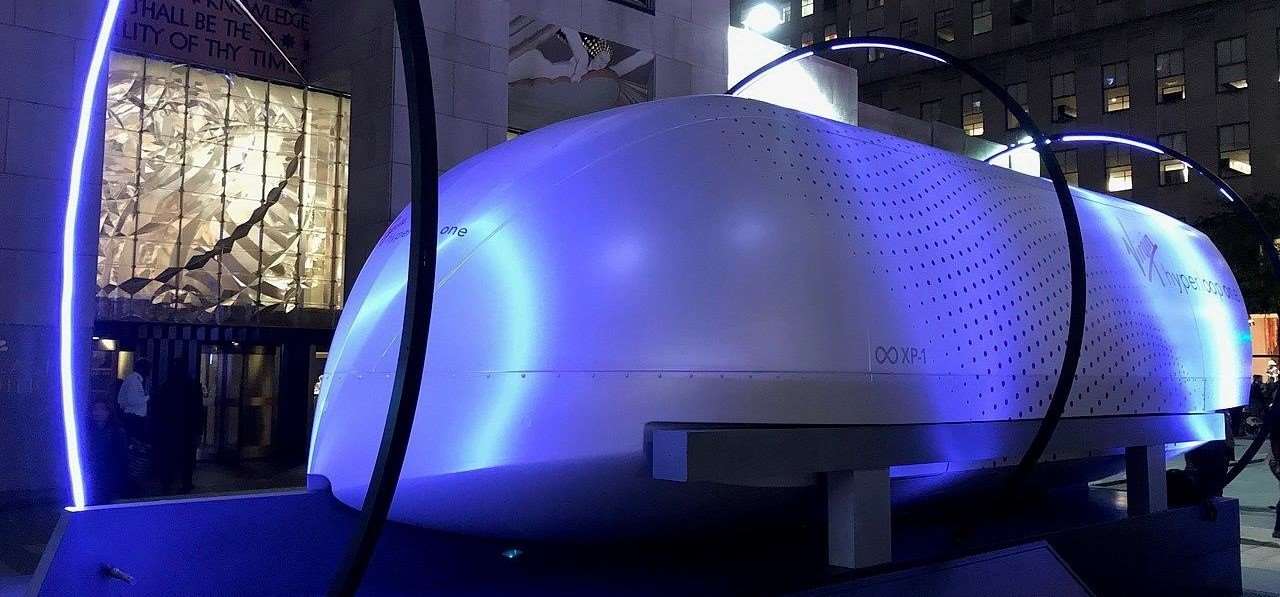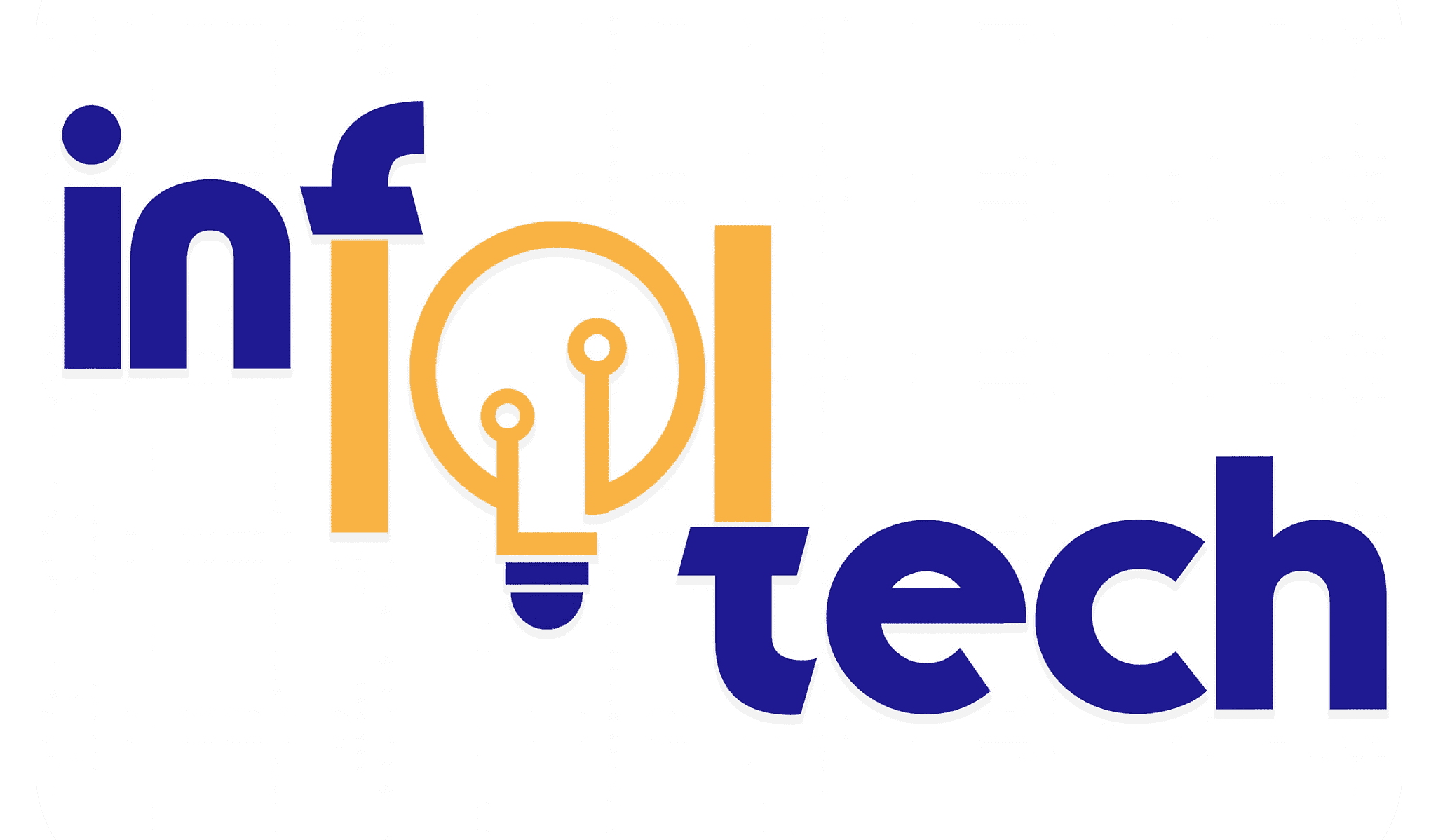VIRGIN HYPERLOOP | FAST, EFFORTLESS JOURNEYS | SHUBHA PRADHAN
101 INFO TECH
July 10, 2022
866 views
4 likes
Background of Hyperloop
When the California “high speed” rail was approved, Elon Musk was quite disappointed, as he stated that “How could it be that the home of Silicon Valley – doing incredible things like indexing all the world’s knowledge and putting rovers on Mars – would build a bullet train that is both one of the most expensive per mile and one of the slowest in the world? Hyperloop is the mode of transportation conceptualized by Elon Musk in 2012.
The hyperloop consists of a low-pressure tube with capsules that are transported at both low and high speeds throughout the length of the tube. The capsules are supported on a cushion of air, featuring pressurized air and aerodynamic lift. The capsules are accelerated via a magnetic linear accelerator affixed at various stations on the low-pressure tube with rotors contained in each capsule. Passengers may enter and exit Hyperloop at stations located either at the ends of the tube, or branches along the tube length.
What is Hyperloop Anyway?

Image Author: Alkirchoff
(https://commons.wikimedia.org/w/index.php?title=User:Alkirchoff&action=edit&redlink=1)
Short of figuring out real teleportation, which would of course be awesome (someone please do this), the only option for super-fast travel is to build a tube over or under the ground that contains a special environment. At one extreme of the potential solutions is some enlarged version of the old pneumatic tubes used to send mail and packages within and between buildings. You could, in principle, use very powerful fans to push air at high speed through a tube and propel people-sized pods all the way from one place to the destination. However, the friction of a 350-mile-long column of air moving at anywhere near sonic velocity against the inside of the tube is so stupendously high that this is impossible for all practical purposes.
However, low pressure or almost no pressure system set to a level where standard commercial pumps could easily overcome an air leak and the transport pods could handle variable air density would be inherently robust.
The BIG Problem??
But a low pressure or no pressure means that there is a non-trivial (zero) amount of air in the tube and leads us straight into another problem.
Whenever you have a capsule or pod moving at high speed through a tube containing air, there is a minimum tube to pod area ratio below which you will choke the flow. What this means is that if the walls of the tube and the capsule are too close together, the capsule will behave like a syringe and eventually be forced to push the entire column of air in the system. Not good!!
Overcoming the Problem
The approach that was able to overcome the problem was to mount an electric compressor fan on the nose of the pod that actively transfers high-pressure air from the front to the rear of the vessel. This is like having a pump in the head of the syringe actively relieving pressure.
Can it be Self-powering?
The Hyperloop can generate far in excess of the energy needed to operate by placing solar panels on top of the tube. This takes into account storing enough energy in battery packs to operate at night and for periods of extended cloudy weather. The energy could also be stored in the form of compressed air that then runs an electric fan in reverse to generate energy.
Operating the Hyperloop Commercially
The system consists of capsules that travel between Los Angeles, California, and San Francisco, California. The total one-way trip time is 35 minutes from county line to county line. The capsules leave on average every 2 minutes from each terminal carrying 28 people each. This gives a total of 7.4 million people per tube that can be transported each year on Hyperloop. The total cost of the Hyperloop is under $6 billion USD for two one-way tubes and 40 capsules. Amortizing this capital cost over 20 years and adding daily operational costs gives a total of $20 USD plus operating costs per one-way ticket on the passenger Hyperloop.
Milestone: The First Human Passenger Test

Image By Zoe Kleinman
The test took place on November 8th, 2020 at the company’s DevLoop test track in the desert outside Las Vegas, Nevada. The first two passengers were Virgin Hyperloop’s chief technology officer and co-founder, Josh Giegel, and head of the passenger experience, Sara Luchian. After strapping into their seats in the company’s gleaming white and red hyperloop pod, coined Pegasus, they were transferred into an airlock as the air inside the enclosed vacuum tube was removed. The pod then accelerated to a brisk 100 miles per hour (160 km/h) down the length of the track, before slowing down to a stop.
It’s an important achievement for Virgin Hyperloop, which was founded in 2014 on the premise of making Tesla and SpaceX CEO Elon Musk’s vision of a futuristic transportation system of magnetically levitating pods traveling through nearly airless tubes at speeds of up to 760 mph (1,223 km/h) a reality.
References: Tesla,(n.d.). Hyperloop, Alpha. Tesla.com. Retrieved October 27, 2021, from https://www.tesla.com/sites/default/files/blog_images/hyperloop-alpha.pdf
Virgin Hyperloop,(n.d.). VirginHyperloop, virginhyperloop.com. Retrieved October 27, 2021, from https://virginhyperloop.com/press/first-passenger-testing






